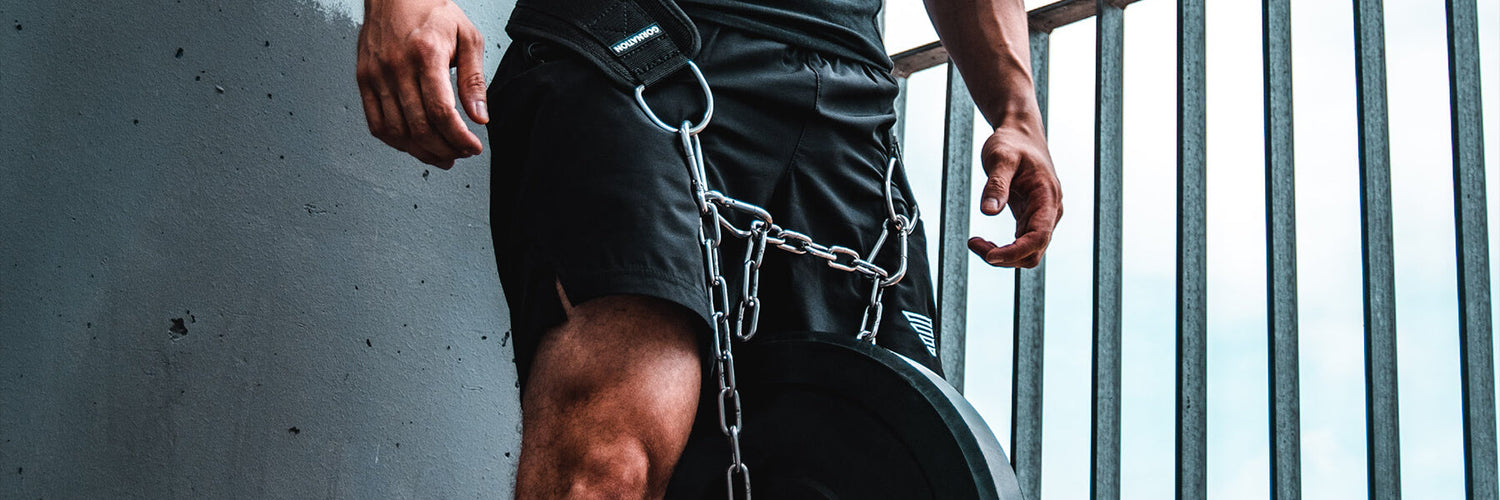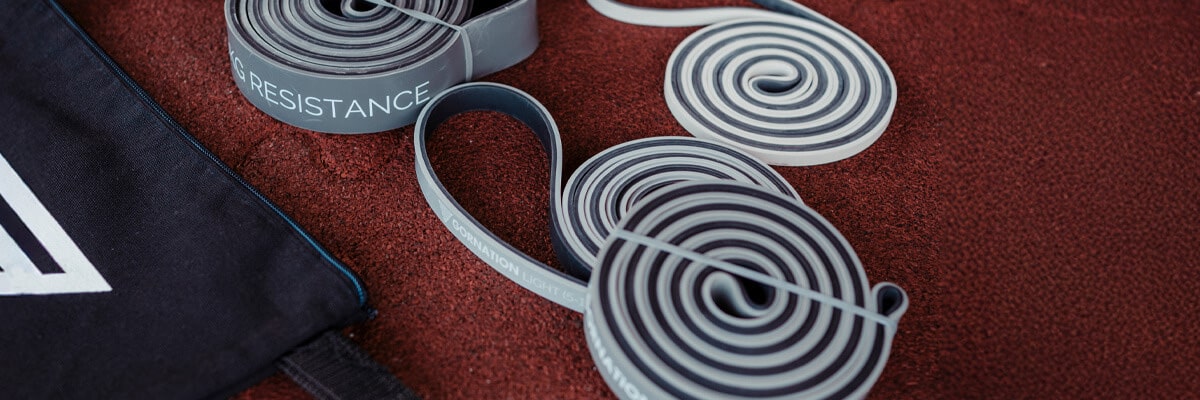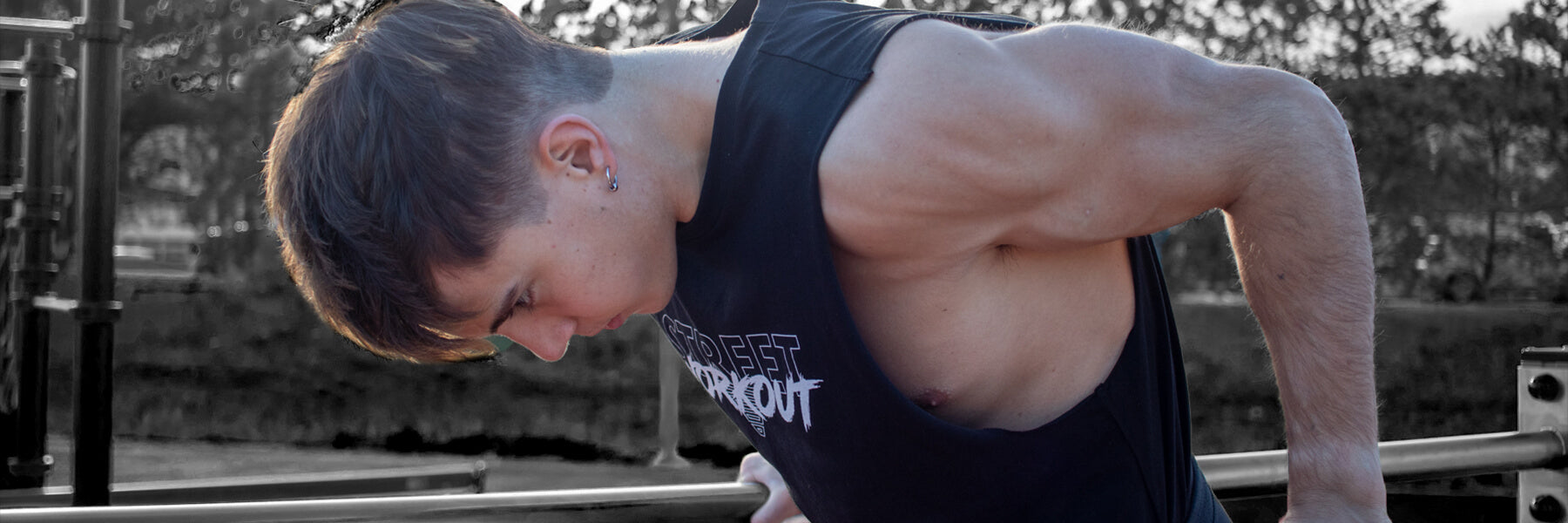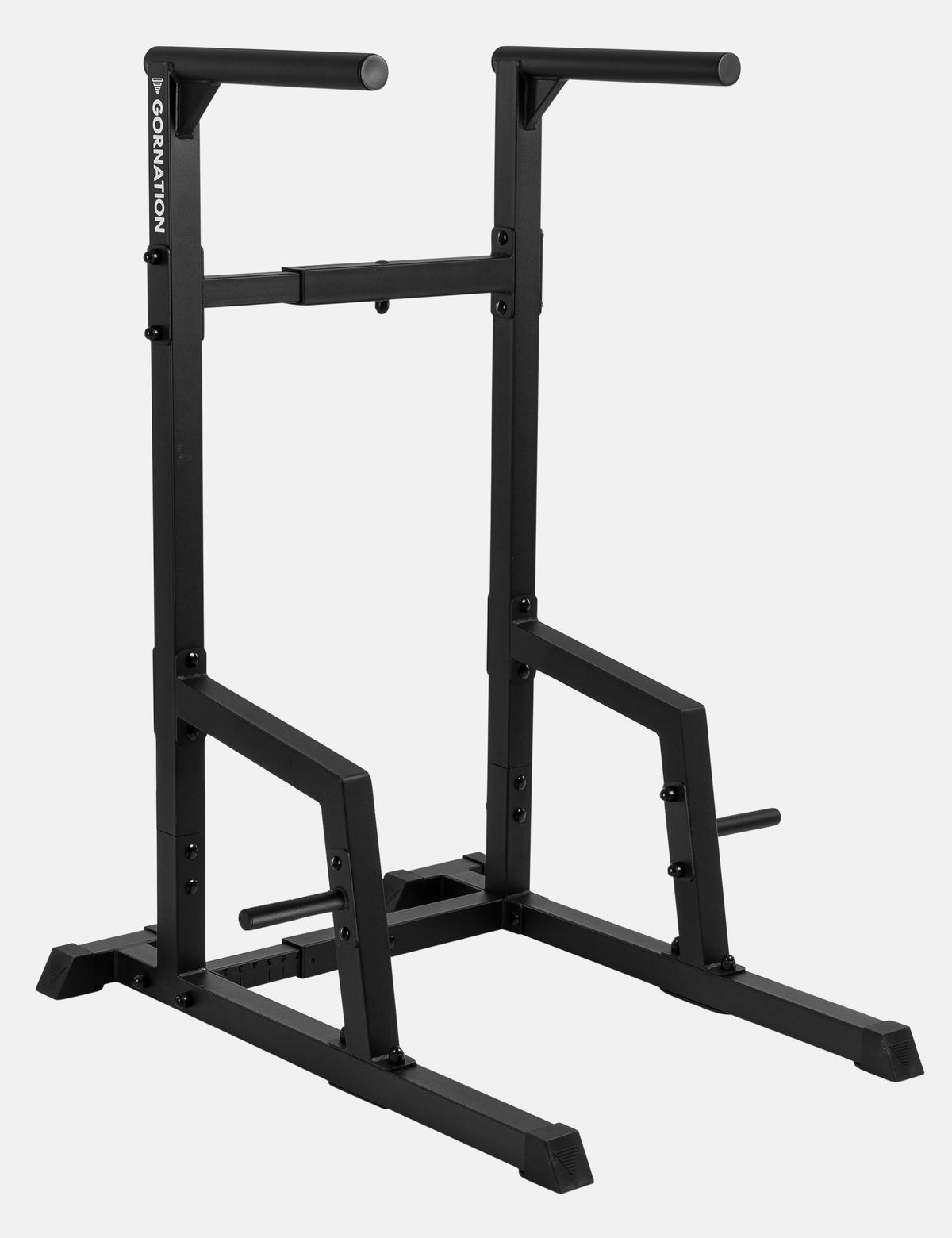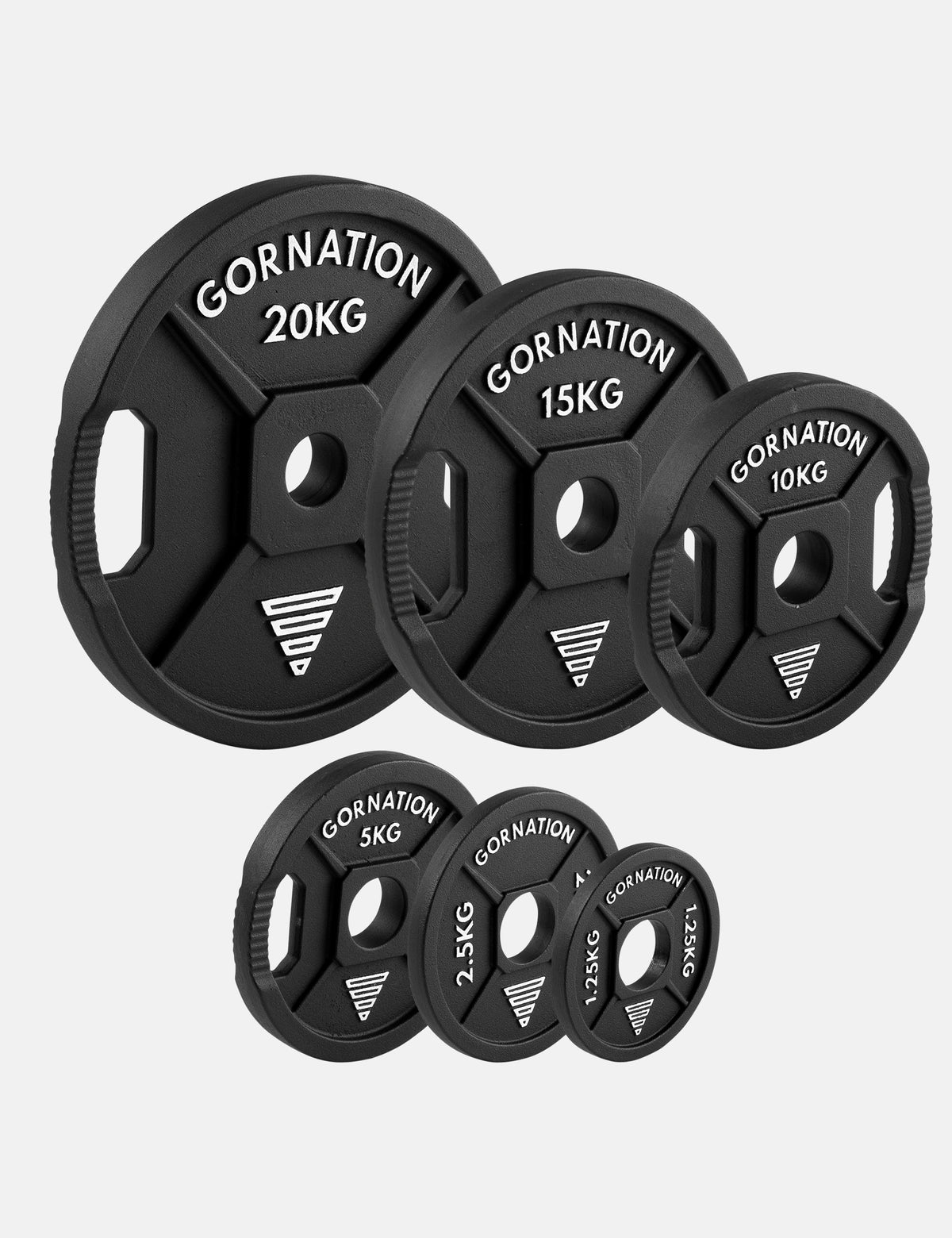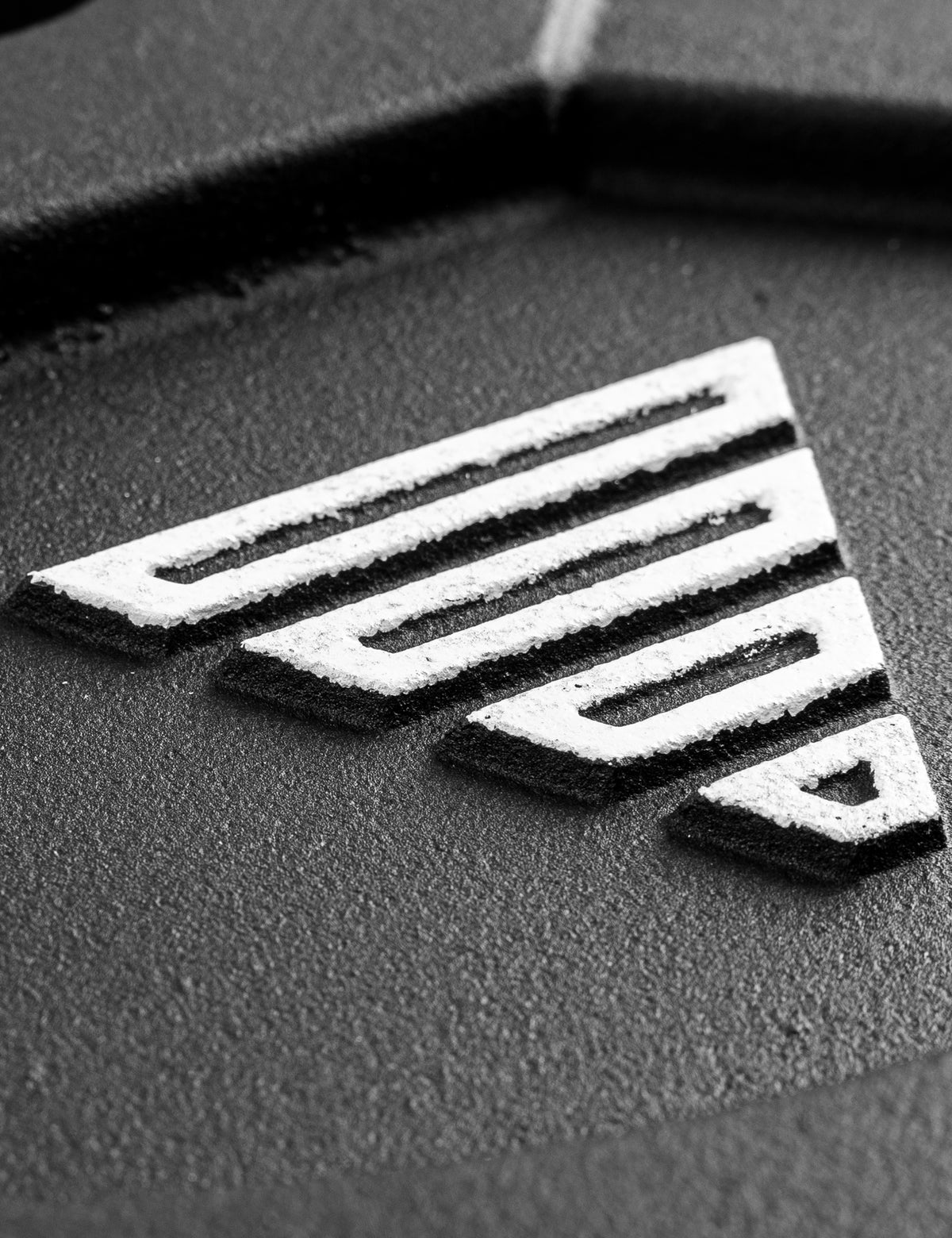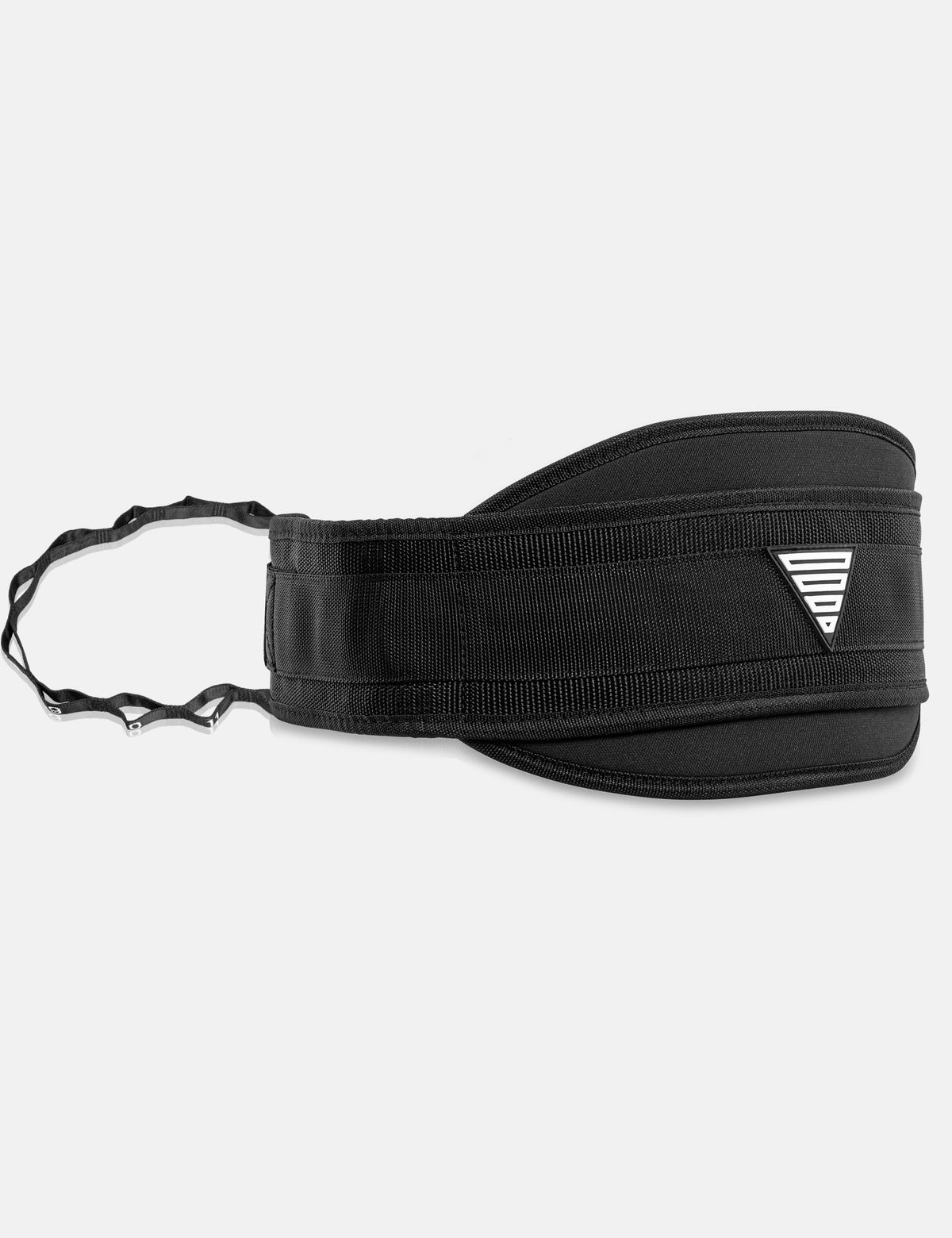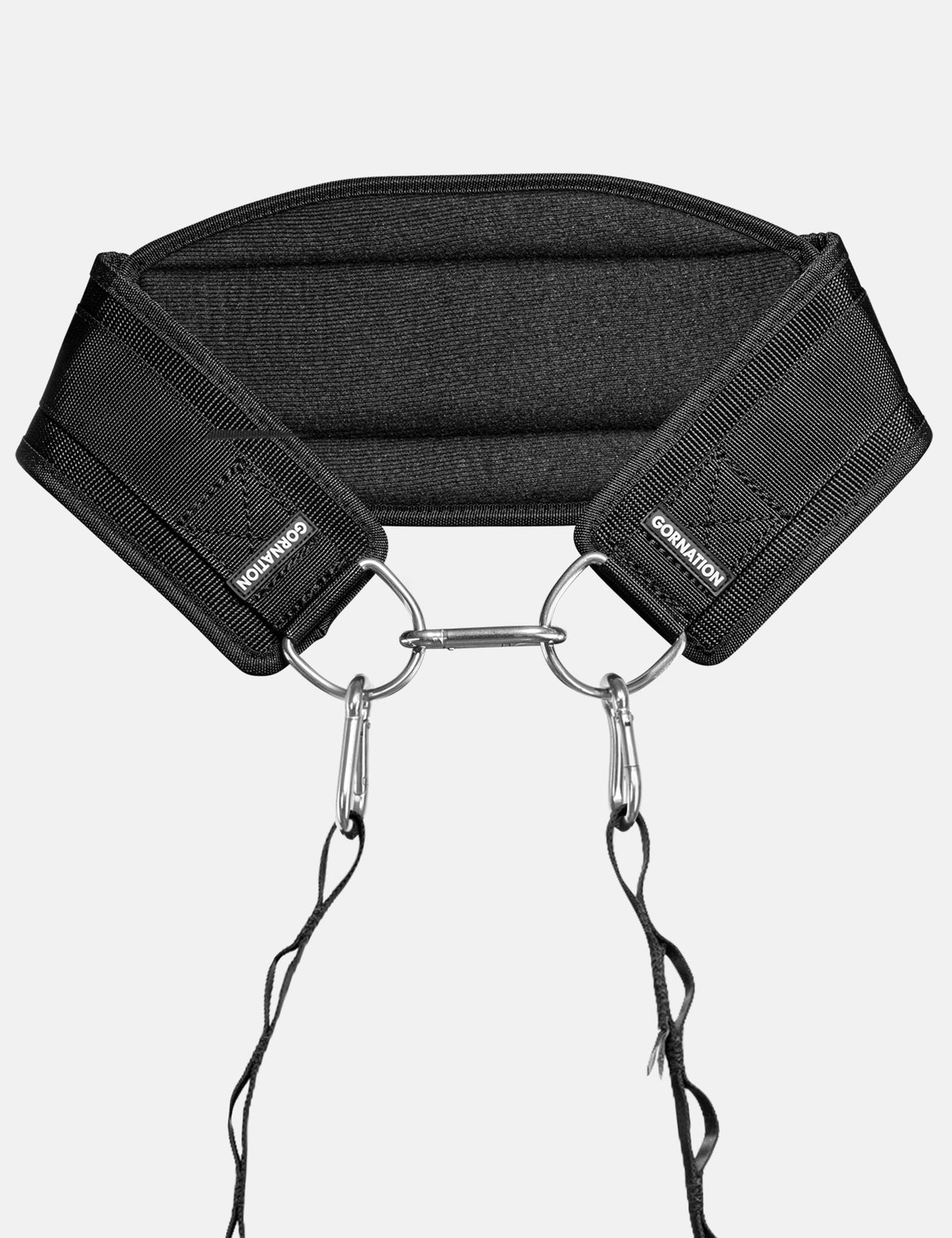How to progress quickly in Weighted Calisthenics
Weighted calisthenics as a concept can sound like a bit of a contradiction. After all, calisthenics is based on the notion of using solely your own body weight to train. So what's the deal with weighted calisthenics? Why do so many athletes profess its benefits, and why should you consider it as an addition to your training? This article is here to shed light on the training method, and give some advice on how to progress quickly.
Why do Weighted Calisthenics in the first place?
Easy Scaling (overload)
Ordinary calisthenics is more difficult to scale and progress in, as you need to alter the exercise or the variation to increase intensity. Ordinary weight training is easy to progressively overload, as you can simply add incrementally more weight as you get stronger. Weighted calisthenics merges these two worlds, as it allows you to easily scale.

Increase raw strength - making body weight exercises feel effortless
Another benefit of weighted calisthenics is that it will supercharge your body weight performance. If you develop strength in exercises like pull-ups with added weight, and then remove the weight, your body weight reps will make you feel light and explosive. This could be useful with learning the muscle-up, for instance.

Maximize muscle growth
Weighted calisthenics undoubtably has a strong benefit on building muscle. Typically, once you get past 15-20 reps of an exercise, you’re starting to enter the realm of endurance training. If hypertrophy is a goal of yours, then adding weight to your body weight exercises will allow for a high amount of muscle fiber recruitment, as it will make those lower rep numbers much more challenging.

How to progress
Focus on Progressive Overload
Progressive overload should be the primary goal in mind when trying to get stronger. This basically means increasing the intensity of the exercise week by week so that you don’t stagnate. Set goals for yourself to reach a certain amount of reps at a certain weight, and once you reach that goal, increase it incrementally in your next session. This could mean increasing the weight slightly, or maybe attempting more repetitions. Alternatively, you could also increase the intensity by reducing the resting time in between your sets.

Extra info: If you’re looking for more information on the subject, check out 5 reasons you should do weighted calisthenics, in another blog article we wrote.
Track your workouts
Consider tracking your progress in every workout. Simply write down what you managed to do on a piece of paper or in your phone. This way you won’t forget, and you can set yourself specific goals for every session. Also, by seeing the little victories week by week, you’ll boost your motivation and satisfaction with your training.
Insider Tip: Check out the interview we did with Mathew Zlat, an expert in weighted calisthenics, on our YouTube channel.
Implement different Styles of training
There are several different and effective ways to train weighted calisthenics. Here are some of the popular techniques for you to try out:
- 5x5: This method consists of doing 5 reps of a given exercise and weight for 5 sets. As the reps are low, it’s a great way to attempt a heavier weight. Doing 5 sets also allows for a good amount of volume, to really maximize strength gains and muscle growth.
- One rep max: With this method, the goal it to lift the most amount of weight possible, for only one repetition. This is a style often used in competitions, and can be a fun addition to your training routine in testing your limits.
- Pyramid: Pyramid style training consists of incrementally increasing the weight set by set, but lowering the amount of repetitions. For instance, you might do 12x 20kg, 10x 25kg, 8x30kg… and so on.
- Reverse Pyramid: Almost the opposite of pyramid training, this method consists of lowering the weight set by set and aiming for more repetitions. This method is useful as you can create a large amount of muscular fatigue. After every set, you will be more fatigued than the last, so lowering the weight and aiming for more repetitions can create a lot of intensity on your muscles.

Pro-tip: From speaking to a lot of our athletes, we frequently get given the advice that it is useful to not max out in training but stay in a range around 70-80% of resistance. In this way, you can train more frequently and accumulate more overall training volume over time.
Use a high quality Dip Belt
When training weighted calisthenics, especially weighted pull-ups and dips, having a high quality dip belt can make the world of a difference. Don’t compromise on your performance, and use the right tools, so you can progress safely and efficiently. Check out our Dip Belt, which has been laboratory tested to withstand large amounts of weight and offers you quality stability when training.

Make sure you have an optimal grip
Having a good grip when performing exercises like weighted pull-ups is crucial. Often times, especially when dealing with unfavorably slippery surfaces, it can happen that your grip strength gives out first before being able to reach muscular fatigue in the exercise. This is suboptimal because you are cutting yourself short of potential progress. If you want to progress as quickly as possible, don’t compromise on your grip strength, and consider using tools such as liquid chalk or workout grips for your training.
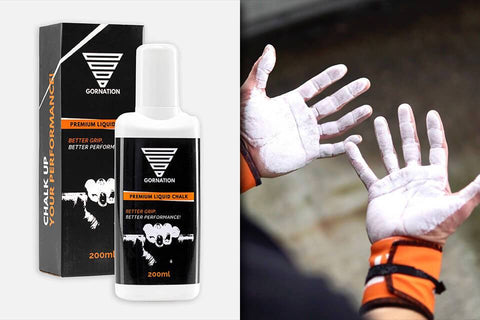

Mitigate the risk of training breaks due to injury
Safety should always be a priority when training. When progress is your goal, you should try to reduce the risk of having to take long breaks away from your training routine. Certain tools can be optimal in helping you reduce that risk. Elbow sleeves are perfect to protect your elbow joint and provide you with compression and warmth. If you’re doing a lot of exercises that are strenuous on the wrists, then wrist wraps are the way to go. They comfortably stabilize your wrists and protect them during your training.

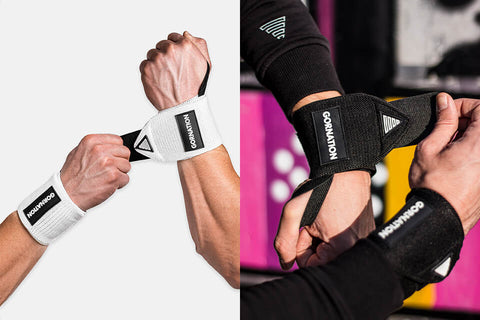
More interesting topics about calisthenics:
- 14 Calisthenics Exercises on Gymnastics Rings - for every Level
- One Arm Pull Up - Why most exercises don’t work?
- 13 Calisthenics Exercises on Parallettes | GORNATION
- The 7 most useful calisthenics equipments - and how to use them
- Creating your own Calisthenics Workout Plan - 4 Essential Steps
 | 5.000+ Reviews
| 5.000+ Reviews
 Free EU Shipping above 100€*
Free EU Shipping above 100€*
 300.000+ Customers Worldwide
300.000+ Customers Worldwide

